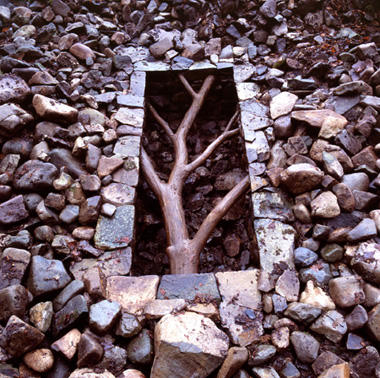 Jessica Lange is a well known actress in the U.S., but as little people know, she is also a photographer. I absolutely love Jessica Lange's photographs because they are so beautifully romantic. They have such a sense of atmosphere as well as emotion. These images are delicate while being powerful at the same time. The photograph above stirs up feelings of loving, warmth, and poetry. This image is captured at exactly the perfect moment. This is how the rest of her photographs are, which really helps the viewer to engage in the scene.
Jessica Lange is a well known actress in the U.S., but as little people know, she is also a photographer. I absolutely love Jessica Lange's photographs because they are so beautifully romantic. They have such a sense of atmosphere as well as emotion. These images are delicate while being powerful at the same time. The photograph above stirs up feelings of loving, warmth, and poetry. This image is captured at exactly the perfect moment. This is how the rest of her photographs are, which really helps the viewer to engage in the scene.This engagement is also what makes these photographs so strong. She takes these pictures as though she is a fly on the wall, but you still feel engaged because there is an exchange between the photographer and the subject. She is simply an anonymous observer, but the pictures still seem personal.
Her acting background also lends a very cinematic quality to her work. This is the atmosphere, dramatic lighting, and specific moments in time that look like they could be from a film still. I love these images because they look like stills from an old romantic movie that I would really like to see.









